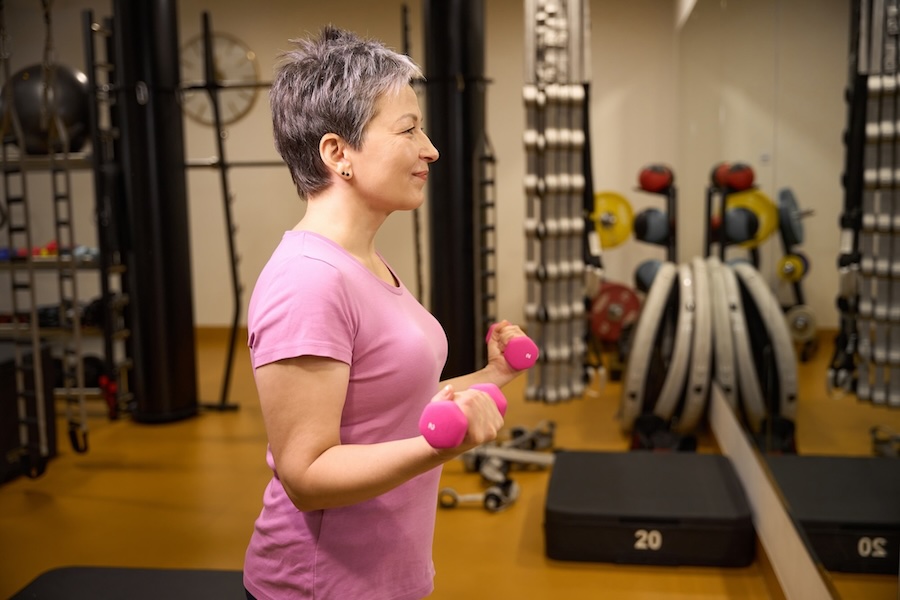Fitness for Survivorship
From Fatigue to Flow- Fighting Cancer-Related Fatigue with Exercise
The counterintuitive truth: moving more helps you feel less tired.
Cancer-related fatigue (CRF) is a pervasive and often debilitating side effect, far surpassing the typical exhaustion of daily life. For many survivors of breast cancer, it lingers long after treatment concludes, a profound and chronic weariness that can significantly diminish quality of life.
Yet, a growing body of research points to a powerful, albeit counterintuitive, remedy: exercise. Far from being a burden, regular, gentle physical activity consistently demonstrates its efficacy in mitigating CRF, often outperforming passive rest.
The Science of Movement
The evidence is compelling. A 2022 meta-analysis published in JAMA Oncology revealed that breast cancer survivors who engaged in exercise three to five times per week experienced a remarkable 30% reduction in fatigue compared to their sedentary counterparts. The mechanism behind this profound effect lies in the body's intricate cellular machinery.
Light to moderate exercise, encompassing activities such as walking, resistance band training, and yoga, plays a crucial role in enhancing blood flow and optimizing mitochondrial efficiency. Mitochondria, often referred to as the "powerhouses of the cell," are responsible for generating the energy our bodies need. By improving their function, exercise helps cells produce more energy, directly combating the underlying biological factors contributing to fatigue.
A Phased Approach to Reclaiming Energy
Embarking on an exercise regimen after cancer treatment requires a thoughtful and gradual approach. The key is to start slowly and progressively increase intensity and duration.
- Days 1–7: Gentle Beginnings. Initiate with brief sessions of gentle walking or seated yoga, aiming for 10–15 minutes per day. The focus here is on reintroducing movement and establishing a consistent routine without overexertion.
- Week 2: Introducing Resistance. As your body adapts, incorporate light resistance training. This could involve using 1–3 lb weights or resistance bands for short periods. Resistance exercises help build strength and muscle mass, further contributing to improved energy levels.
- Week 3 and Beyond: Expanding Horizons. Progress to include activities that challenge balance or offer low-impact cardiovascular benefits, such as swimming or cycling. These activities can enhance overall fitness and endurance, fostering a greater sense of vitality.
As Sophie, a participant in the "Power in Motion" program, eloquently attests, "The more I moved, the more I could breathe — and the more alive I felt again." Her experience echoes that of countless others who have discovered the transformative power of movement in their survivorship journey.
A Practical Tip for Sustained Motivation
To maximize the benefits and maintain motivation, consider tracking your energy levels before and after each exercise session. Observing the tangible improvement in your well-being serves as a powerful reinforcement, building both motivation and concrete evidence of your progress. This simple practice can transform exercise from a perceived chore into a rewarding and empowering act of self-care, guiding you from the depths of fatigue to a renewed sense of flow and vitality.







